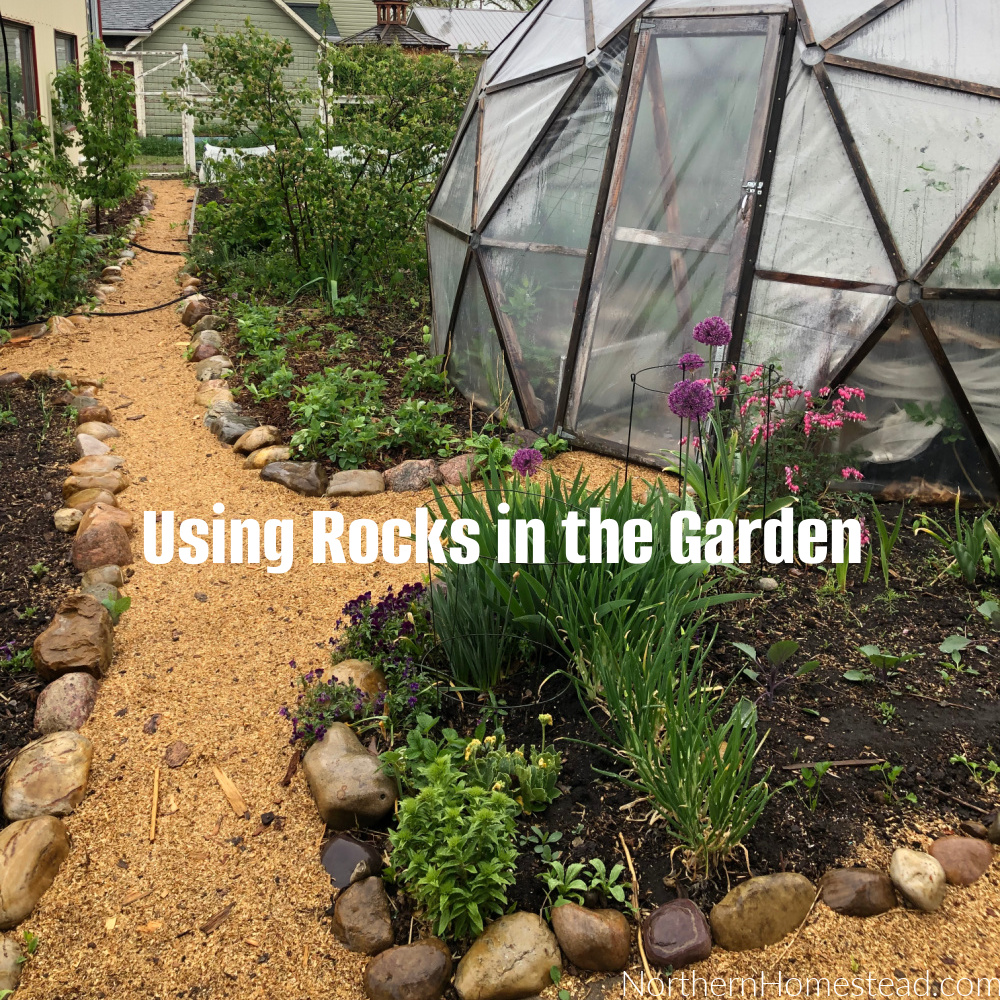
Building raised garden beds and creating pathways and borders helps us to get the most out of a small urban garden space. There are many different materials to choose from. Today, we are looking into the pros and cons of using rocks to build raised beds and borders in the garden.
Why use rocks to build raised beds and borders in the garden
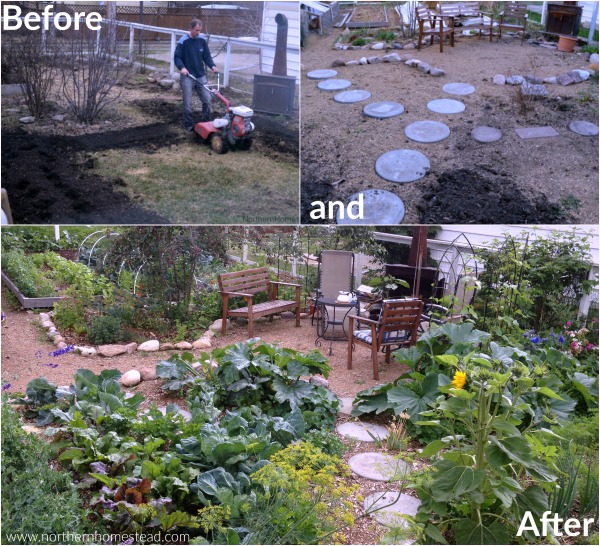
Rocks and stepping stones might already be part of your garden, either in the soil or lying around. That is a common situation here at the foothills of the Rocky Mountains.
Our garden already had many rocks; we found more when digging deeper. Using these free resources is a good permaculture practice. When we turned our urban yard into a garden, we implemented many rocks and stones into its design.
I would not recommend using natural rocks to build beds and borders if you have to bring them in. In these cases, cinder blocks might be a better option to get the benefits of rocks without the cones.
The benefits of using rocks in the garden design
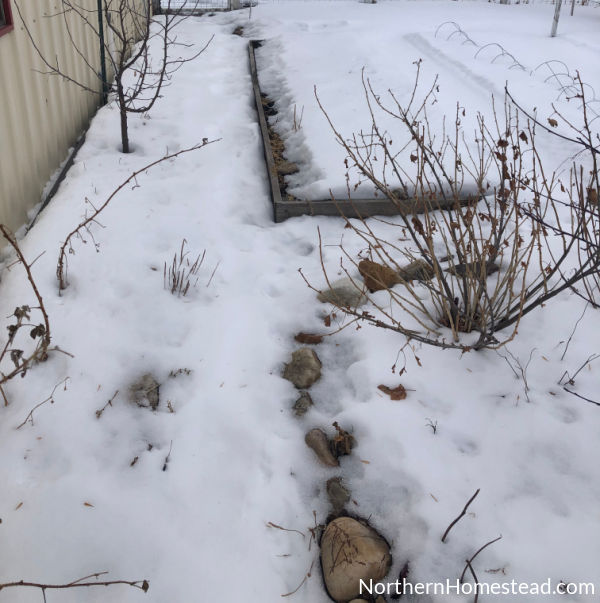
Rocks, stones, and even concrete blocks work as a thermal mass. They warm up during the day and give that heat back at night, which benefits the garden in a cool climate. Even the snow in spring melts sooner around rocks.
Rocks or stones keep moisture underneath. At the same time, they are not in danger of starting to rot like wood. Rocks and stones are there to stay, with no deterioration.
Insects or ants can be hiding under rocks. That could be seen as a con. However, we have not found it harmful; instead, it is beneficial. A natural garden has insects; if you have a place where they love to be, they will leave the rest of the good soil alone.
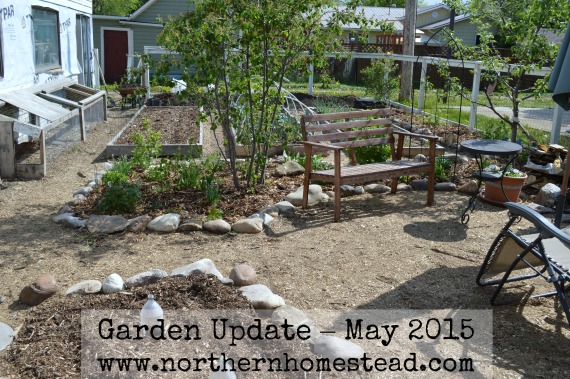
Last but not least, I find natural rocks beautiful in the garden. They give the garden a natural touch. Of course, looks are debatable; you might like them or not.
The cons of using natural rocks in the garden
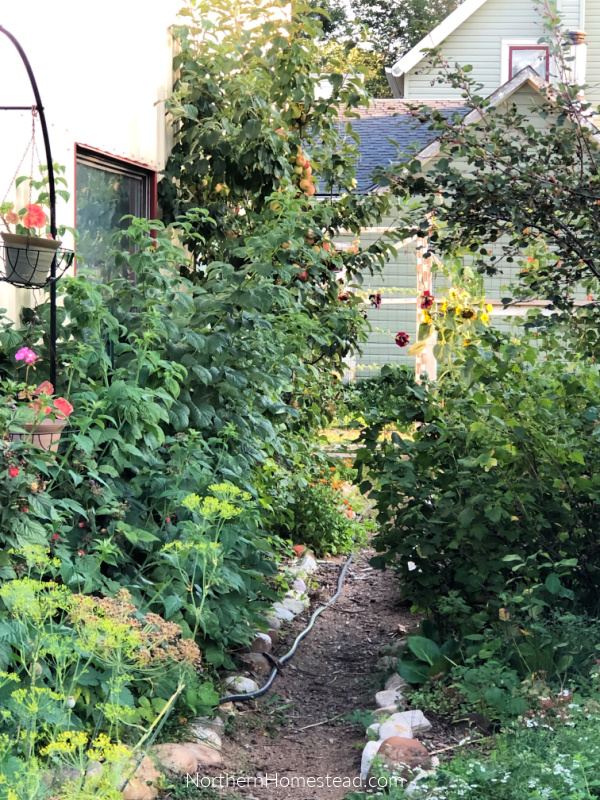
Rocks are heavy, and landscaping with them is hard work. Even though they do not decay, they must be moved whenever new mulch is brought in. Otherwise, they will be buried soon. I am unsure why that is so. We do not move the boards of a raised bed, but the rooks seem to disappear in the soil.
Rocks attract seeds, and the warmer and moist climate helps them germinate. Thus, weeds always grow from under stones. Again, to weed the rock border, you have to move them, which creates extra work. If you like your garden to be weed-free, natural rocks might not be the best option.
How to build raised beds and borders using natural rocks
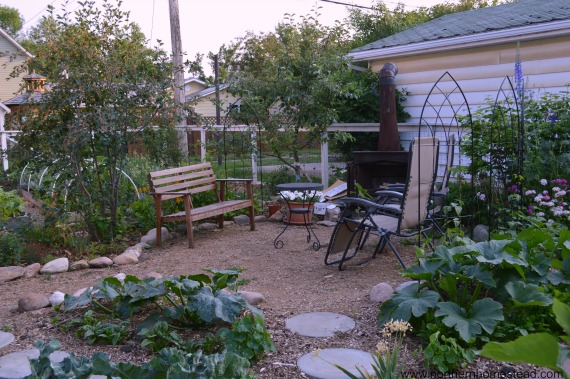
If you have many stones of different sizes, sorting them into piles of the same size is helpful. Smaller and lighter can be layered; larger rocks are easier to use in one layer. Remember you will have to move them.
Start by establishing your corners with some larger rocks. Those are your cornerstones. Now, fill in the rocks in between, playing with sizes and shapes. There is no reason to be perfect with natural rocks. Natural rocks invite the making of curves and natural shapes, as well as straight lines and squares.
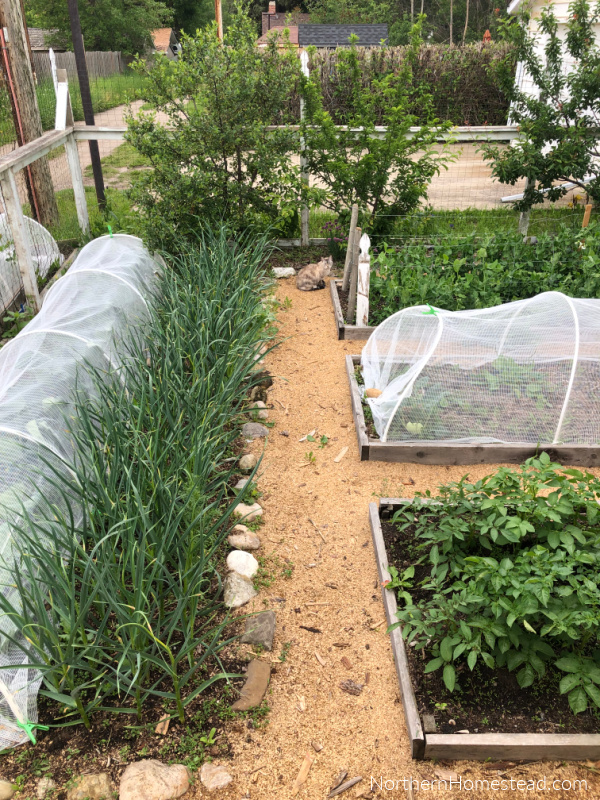
In our garden, we have mixed natural rocks with wooden boards. Rocks take up more space than a wooden board. We use rocks for borders and wood for raised beds.
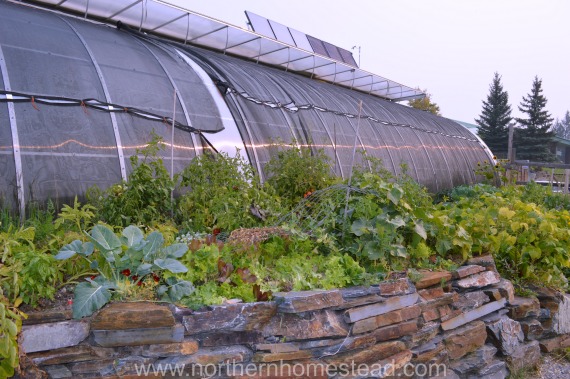
Natural rocks can also be layered to build higher raised beds, as the Groundswell community greenhouse and garden have done (picture above).
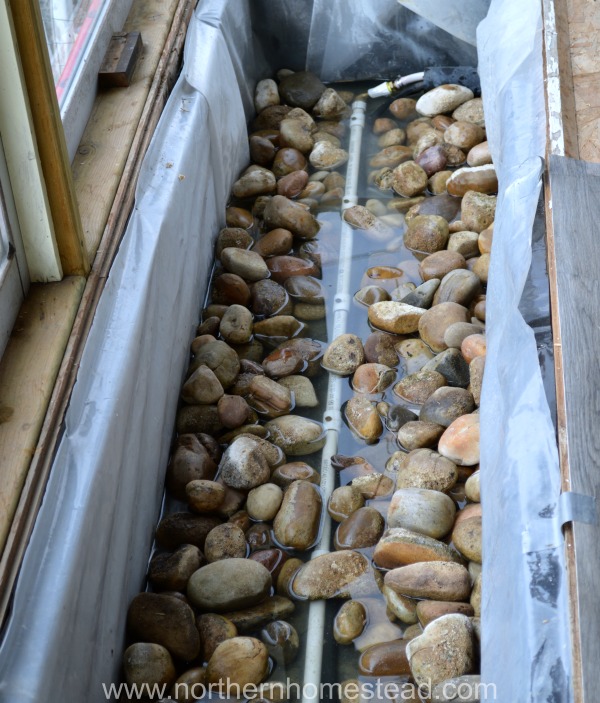
Smaller rocks can be used to build a Wicking Bed. Even smaller can be used in pathways; remember that stones or gravel are heavy.
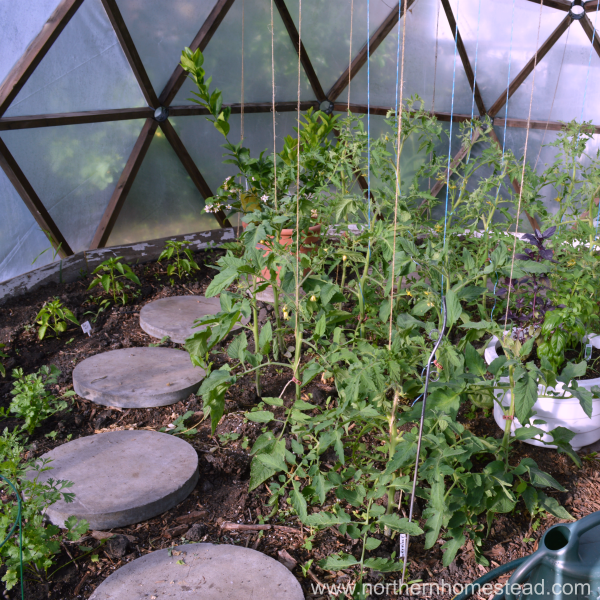
Speaking of pathways, we have found man-made stone plates to be a great way to create pathways in the garden and geodesic dome greenhouse. No additional borders are needed. It might be the best option and all you need in a small space.
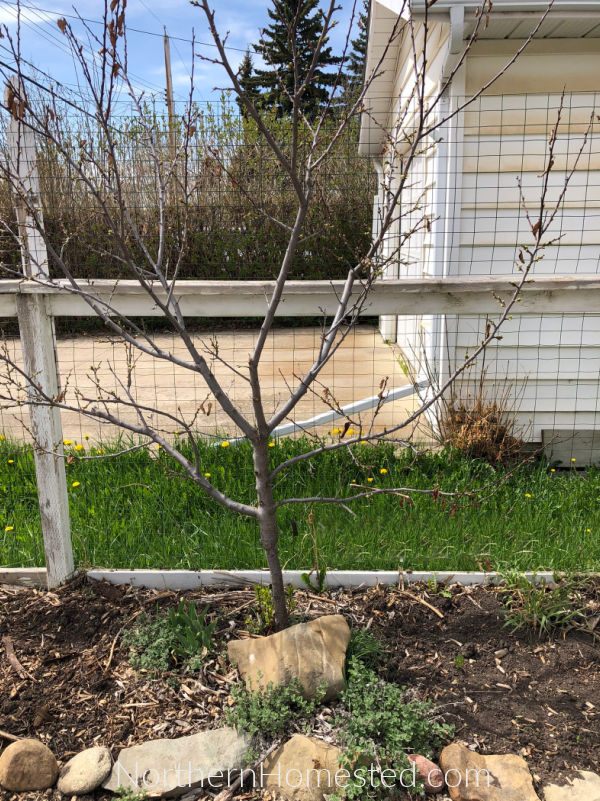
If your terrain has many rocks, consider using them to enhance your landscape’s functionality and beauty. One good option is to use rocks to build raised beds and borders in the garden.
We invite you to subscribe to Northern Homestead and follow us on Instagram, Facebook, or Pinterest for the latest updates.



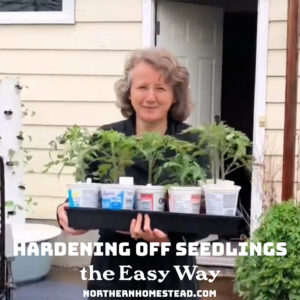
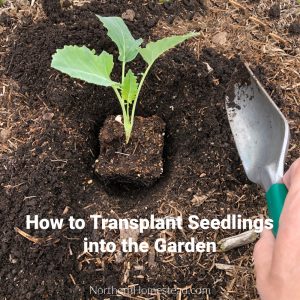
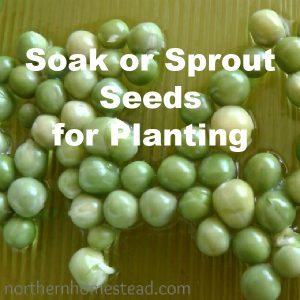
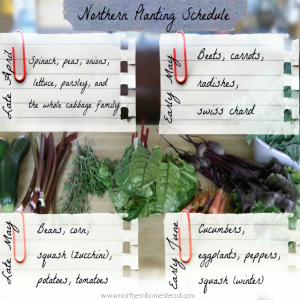

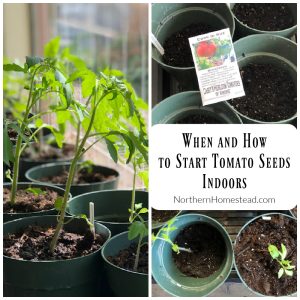
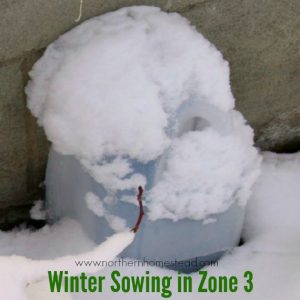


Beautiful transformation! Wowza! I’m close to the beach and drag short driftwood logs home to use in walkways. I’ve watched the garden soil swallow them up! My grandfather lived in Alaska and he loved to show me his pictures of places that the Earth Mother was “taking back”.
Thank you! Those driftwood logs can be so beautiful, and surely add benefits to the soil.
Yes they do and there are some wild bees that love to drill into them. I love watching the sawdust fly! After a bit they start to fall apart then I just bury them.